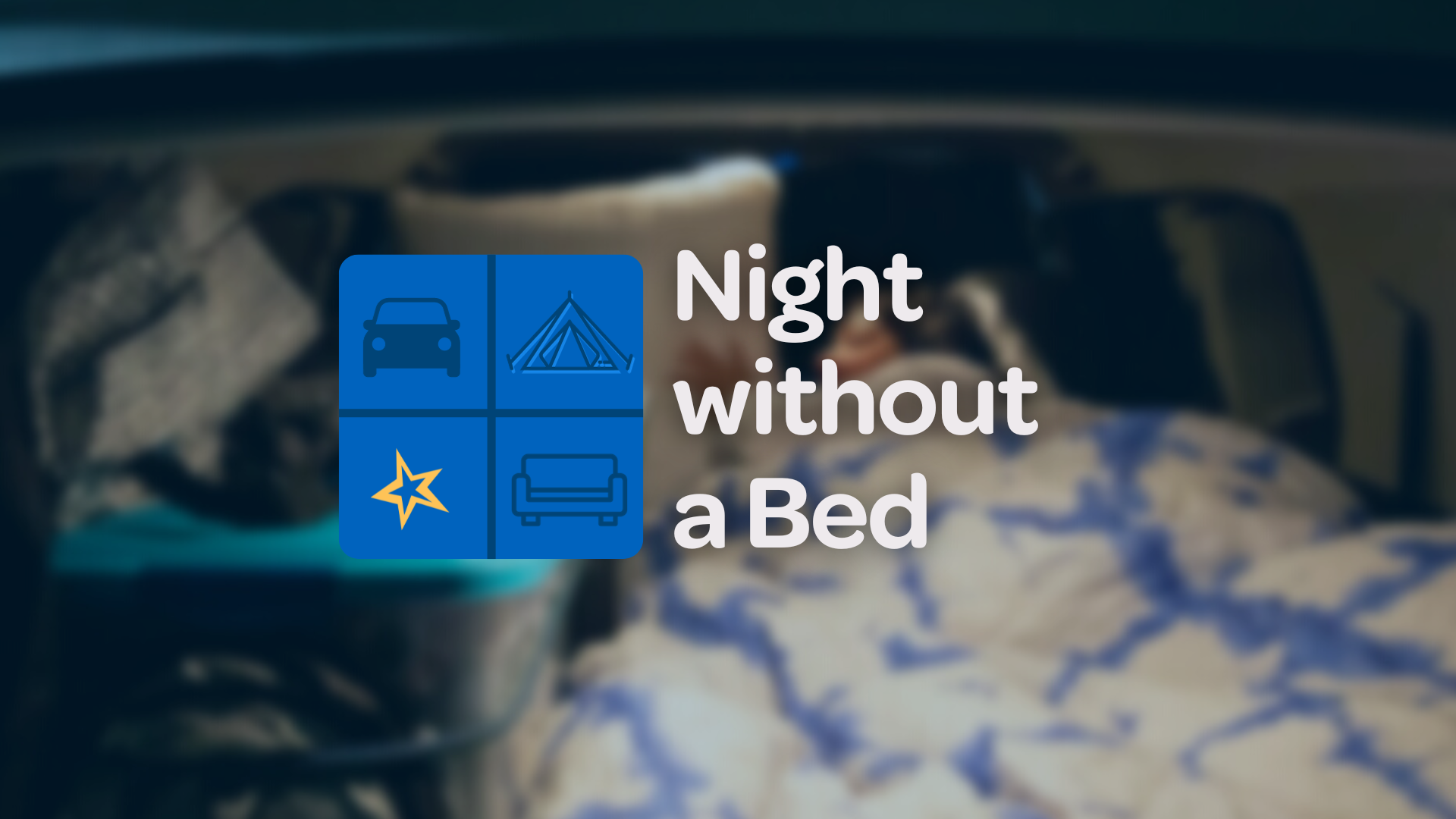By: Cheryl Schuch, Family Promise CEO
Many parents have a bedtime routine for their children. It may involve a homework check, a story, or a last-minute glass of water. The routine allows parents to feel secure knowing their children are tucked safely in bed for the night.
However, for a growing number of parents in America, a child’s bedtime is just another worry. One third of the country’s homeless population is comprised of families with children, and families make up half of the shelter population.
No family ever expects to experience homelessness. But last year, 45,000 families turned to Family Promise for support as they faced a crisis no one wants to experience: the loss of a home. And that’s just a fraction of the estimated 2.5 million children in this country who experienced homelessness in 2022. The stories behind these numbers are as diverse as the families they represent. Dad lost a job, a parent passed away, a child became ill, rent increased when an affordable apartment was sold to new landlords…the causes of homelessness are as numerous as the families affected.
The New York Times recently reported that children under five living in rental households make up the largest age group facing eviction. This is a crisis that has a tragic impact on children during their most critical development years. Unsurprisingly given the disproportionate levels of poverty and homelessness among people of color, Black renters face eviction at significantly higher rates, putting Black children at even greater risk.
This speaks to how we as a society inadequately support low-income families and families of color. Low-wage families with children have additional financial burdens, and when childcare, food, and other necessary expenses become unaffordable, the result is often homelessness.
So, what does a night without a bed look like for a family facing homelessness?
It is an invisible crisis. Families go out of their way to hide their situation and avoid stigma. Many seek emergency shelter, but a significant and indeterminate number sleep in their cars, stay in cheap and often unsafe motels, or double up with friends or relatives in crowded apartments.
At Family Promise, we often talk about the ripple effect of homelessness. In addition to obvious stressors like the lack of a stable home and food insecurity, children and families face challenges with education, employment, transportation, healthcare, socialization, and other aspects of life that the rest of us often take for granted. How does a child get homework done in the family car? How does a parent advance his or her career when they can’t afford childcare? And how does this impact a child’s future?
Studies show that children experiencing homelessness have twice the rate of learning disabilities, delayed cognitive development, and are at increased risk for illness. They’re more vulnerable to anxiety, depression, and additional trauma and stress that can impact physical and mental development and future success.
The unsheltered homeless population has grown 35 percent in recent years, far outpacing the seven percent increase in shelter beds. The affordable housing shortage our nation faces plays a significant role in this situation. As a society, we must open our eyes to this reality and work together to find lasting solutions.
The Family Promise model, which embraces a community-based response to family homelessness, has proved successful for more than 30 years. Staff, volunteers, corporate and nonprofit partners, and supporters form a family that is dedicated to making a lasting impact for families in need, addressing homelessness prevention, shelter and housing, and ongoing support to ensure a family’s lasting success. Together, we are raising awareness about this crisis and engaging more people in efforts to eradicate it.
Every child deserves a home and the opportunity for a brighter future. Every child deserves a bed, every night. We will continue to work toward this ideal, and we’re grateful to all those in our network and beyond who make this possible.
—
Sources:

